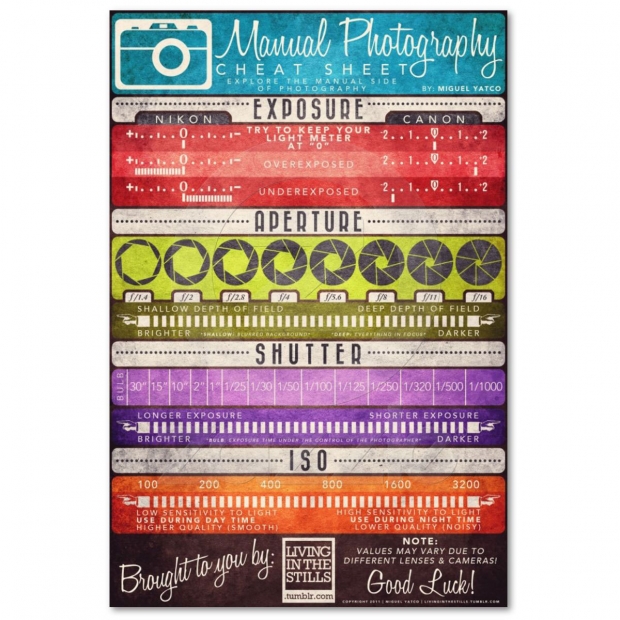Digital Photography Tips For Beginners: Grasping Your Electronic Camera In A Snap
Digital Photography Tips For Beginners: Grasping Your Electronic Camera In A Snap
Blog Article
Developed By-Christian Bryant
When you first grab your video camera, it can really feel overwhelming with all the setups and options available. You could find yourself asking yourself how to browse aperture, shutter rate, and ISO properly. Grasping these fundamentals is essential, but there's even more to photography than simply technical knowledge. Recognizing composition techniques and lights conditions can elevate your pictures drastically. So, what happens if Corporate Headshots near me could learn easy methods to enhance your skills and start recording outstanding images sooner than you assume? Allow's check out just how to change your photography trip.
Understanding Video Camera Settings
Comprehending your electronic camera setups is crucial for catching stunning photos. When you get your cam, familiarize yourself with the three primary setups: aperture, shutter rate, and ISO. Each plays a vital function in exactly how your photos turn out.
Beginning with aperture, which manages the quantity of light going into the lens. A bigger aperture (lower f-number) lets in more light and creates a stunning history blur, perfect for portraits. On the other hand, a narrower aperture (greater f-number) maintains even more of the scene in emphasis, perfect for landscapes.
Next, concentrate on shutter rate. This setup determines for how long your video camera's sensing unit is revealed to light. A fast shutter rate freezes activity, which is fantastic for action shots, while a slow shutter rate can develop sensational results like smooth water in landscapes.
Lastly, adjust your ISO. This setup influences your cam's sensitivity to light. A greater ISO works in low-light situations however can introduce noise or grain. Aim for the lowest ISO feasible while still accomplishing proper direct exposure.
Structure Methods
When you're out capturing, make-up can make all the distinction in exactly how your pictures resonate with customers. Start by using the rule of thirds; imagine your frame separated into 9 equivalent sections with 2 horizontal and two upright lines. Position crucial elements along these lines or at their junctions to develop equilibrium and rate of interest.
Next off, think about leading lines. These all-natural lines in your scene, like roadways or rivers, draw the visitor's eye right into the photo, directing them through the story you're informing.
Don't forget about framing; usage aspects within your scene, like trees or windows, to produce a structure around your topic, including depth and emphasis.
Likewise, keep an eye on your background. A chaotic history can sidetrack from your primary subject, while an easy one helps it stick out.
Last but not least, trying out proportion and patterns; they can create a striking photo that captures focus.
Mastering Lighting Conditions
Understanding lights conditions is critical for catching spectacular photographs, as the right light can change a regular scene into something extraordinary.
Begin by observing all-natural light at different times of the day. https://petapixel.com/2019/07/02/4-landscape-photography-tips-to-last-a-lifetime/ and late afternoons provide the most effective light, called the golden hour. The soft, warm tones during these times can improve your images beautifully.
Don't avoid cloudy days either; diffused light can decrease severe shadows and develop a pleasing result, especially for pictures.
Experiment with backlighting by positioning your topic against the light source. This strategy can create a dreamy halo result and add deepness to your images.
Take notice of your cam setups as well. Readjust the ISO, aperture, and shutter speed to fit the lights problems. A higher ISO can help in low light, yet be cautious of grain.
Make https://telegra.ph/Creative-Ways-To-Market-Your-Photography-Solutions-01-08-3 of a tripod in darker atmospheres to prevent blur.
Lastly, don't forget synthetic lights. Flash and constant lights can be excellent tools for managing light in difficult conditions.
Final thought
In conclusion, grasping your cam doesn't have to be frustrating. By understanding your setups, applying structure strategies, and using the power of natural light, you'll swiftly boost your digital photography abilities. Remember, exercise makes perfect, so venture out there and experiment with your newfound expertise. With time and dedication, you'll be recording spectacular photos that reflect your one-of-a-kind point of view. Enjoy the journey, and don't forget to have a good time while you go to it!
